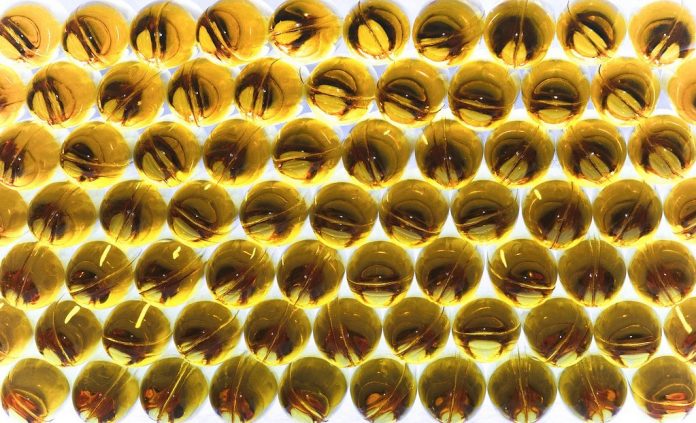When it comes to seafood, there is a lot of discussion about the benefits of omega-3 fatty acids. We’re told by the media that the more omega-3s a fish has, the better it is for you, but there’s more to the science than that fact alone.
Omega-3s are just one of the fatty acids found in seafoods. They belong to the family of omega 3-6-9, and each fatty acid has their own pros and cons. While omega-3s are great for you, the other two are just as important and found in many different sources of fish. Here’s what you need to know.
What Are Omega Fatty Acids?
There are three omega fatty acid groups: 3, 6 and 9. They each can be found in different places, and have different roles in your body. Unlike saturated and trans fats, members of the omega family are healthy fats that aid in the development and maintenance of your brain, heart and immune system. Omega-3 and -6 are essential fatty acids, meaning that they are important to human development, but the body cannot naturally produce them. Omega-9s are not considered essential fatty acids because they are produced by the body—but only if you get enough omega-3 and -6.
Omega-3

Omega-3 is the fatty acid that gets the most attention. It’s commonly found in fatty fishes like salmon, mackerel and herring. Other sources of omega-3 include oily fish, nuts, seeds and various oils. This essential fatty acid helps fight inflammation and lowers the risk of chronic diseases.
In addition, omega-3s aid in combatting high cholesterol, high blood-pressure, depression, ADHD and a number of other physical and mental health problems.
Since the body can’t produce this fatty acid on its own, choosing foods with a high amount of omega-3 as part of your daily diet is recommended. Eating more fish is a great way to start, as is snacking on foods like nuts.
Omega-6

Omega-3 fatty acids are even more powerful when you’re getting your daily intake of omega-6. Omega-6 plays an important role in brain function, growth and development. The benefits are very similar to those of omega-3s, but the key difference is that instead of fighting inflammation, some omega-6 fatty acids promote it. This means it’s important to cultivate a healthy ratio between these two fatty acids in your diet. The best ratio of omega 6 to omega 3 is 1:1, but the average diet does not include enough omega-3 and has a ratio of 15:1 or 16:1.
Tilapia is rich in omega-6 but contains omega-3 too, meaning it’s still a healthy source of this essential fatty acid, though the ratio isn’t 1:1. Like with everything, just make sure you’re eating nuts, seeds, vegetable oil and other sources of omega-6 in moderation.
Omega-9

Omega-9 is the one fatty acid that is naturally produced by the body, but there’s a catch. The production of omega-9s can only occur if there are enough omega-3s and -6s present in your body. If not, you have to find foods that contain it. If you’re low on the omega balance, consider snacking on olives or almonds, using sesame oil or even topping up your next salad with pistachio nuts.
Consuming omega-9 gradually throughout the day is best, so spread out your snacking or supplements. Doing so can improve your immune system and help your body combat various skin issues, ADHD, diabetes and eye disease.
A healthy balance of omega fatty acids is important for your overall wellbeing, so make sure you understand where to get them from and keep these omega-rich foods in mind the next time you grab groceries. Eating well and exercise are important, but you also need to pay attention to what’s happening inside of your body. Ensure you’re getting your omega 3-6-9s in the proper amounts and you’ll be set!
Photos: andriuXphoto, Elena Shashkina / Shutterstock, Basheer Tome, Jurriaan Persyn






